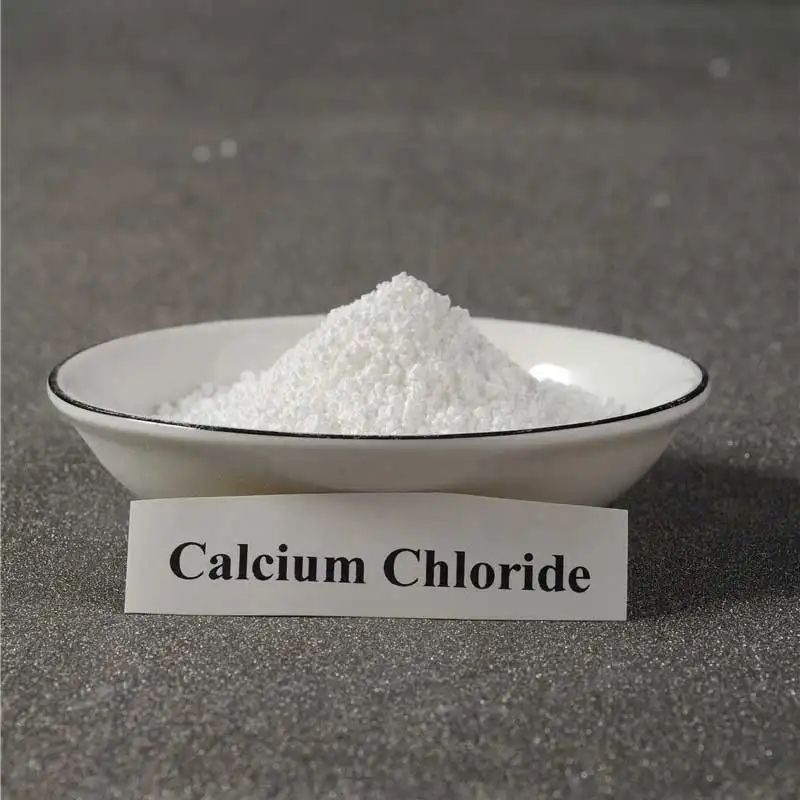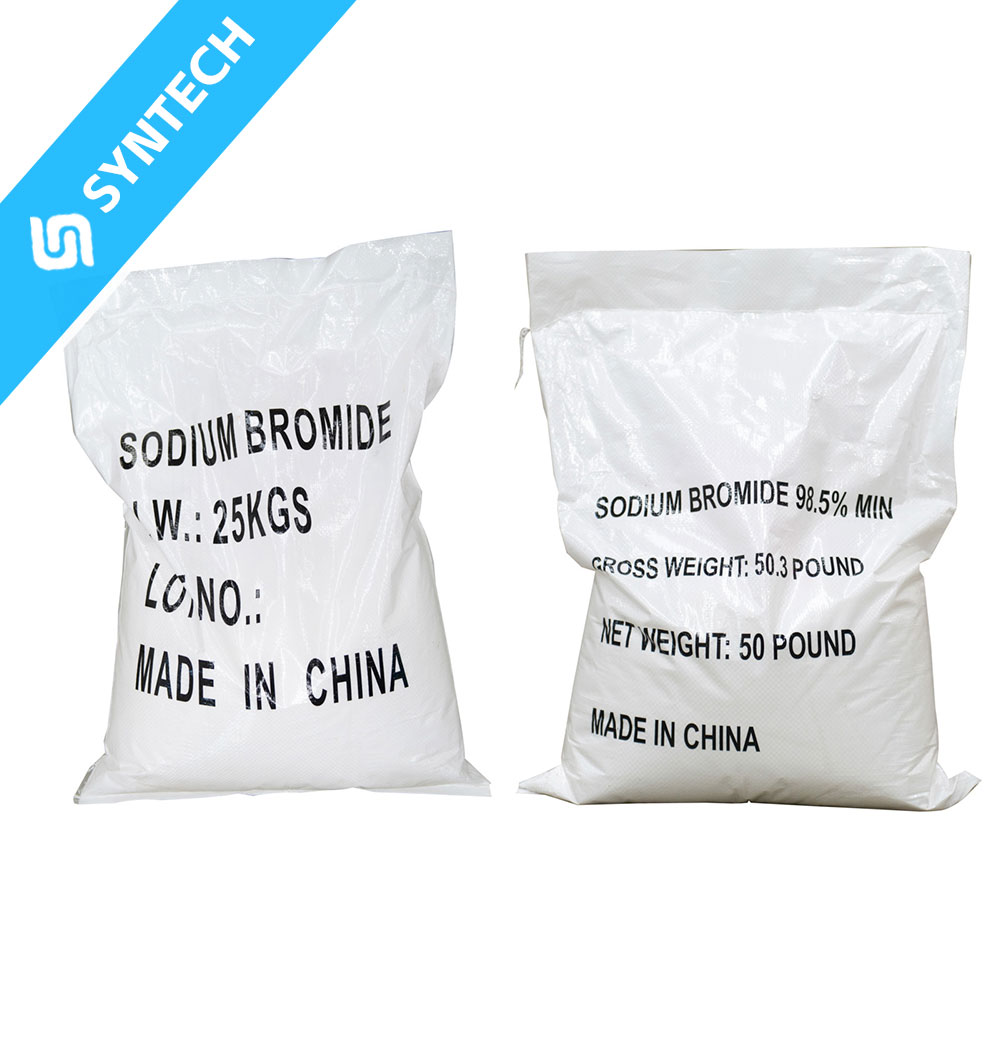In the oilfield industry, where harsh conditions (high temperature, high salinity, and complex wellbore environments) test every chemical additive, Sodium Methallyl Sulfonate (SMAS) has emerged as a reliable solution. With its unique combination of anionic charge, thermal stability, and compatibility with oilfield fluids, SMAS addresses critical challenges—from stabilizing wellbores during drilling to preventing scale buildup in production pipelines. This guide dives into how Sodium Methallyl Sulfonate works in oilfield operations, its key benefits, and what to look for when choosing SMAS for your oilfield projects.
Why Sodium Methallyl Sulfonate Matters for Oilfields
Oilfield operations rely on specialized fluids (drilling fluids, completion fluid, production fluids) to ensure safety, efficiency, and reservoir protection. However, these fluids often face issues like:
- Clay hydration and wellbore collapse: Clay-rich formations absorb water from drilling fluids, swelling and crumbling to block the wellbore.
- High fluid loss: Drilling fluids seep into porous reservoirs, wasting resources and damaging productive rock.
- Scale formation: Calcium, barium, and strontium ions in formation water react to form hard scales, clogging pipelines and reducing production.
Sodium Methallyl Sulfonate (CAS 1561-92-8) solves these problems thanks to its molecular design:
- The sulfonate group (-SO₃Na) delivers strong anionic charge, enabling it to bind to clay particles and metal ions.
- Its thermal stability (decomposition temperature >280°C) withstands the high temperatures of deep wells (up to 180°C, common in shale drilling).
- Excellent water solubility (≥300g/L at 20°C) ensures uniform mixing in brine-based oilfield fluids.
Key Applications of Sodium Methallyl Sulfonate in Oilfields
SMAS is a multi-functional additive, with three core uses in oilfield operations:
1. Drilling Fluid Additive: Stabilize Wellbores & Reduce Fluid Loss
Drilling fluids (mud) are the “blood” of oil drilling—they cool the drill bit, carry cuttings to the surface, and support the wellbore. SMAS enhances drilling fluid performance in two critical ways:
- Clay stabilizer: SMAS’s anionic charge adsorbs onto clay particle surfaces, forming a protective layer that prevents water absorption. This stops clay swelling and wellbore collapse, a major risk in shale and sandstone formations. Field data shows adding 0.5–2% SMAS (by weight of drilling fluid) reduces wellbore enlargement by 20–35%.
- Fluid loss reducer: SMAS plugs small pores in the reservoir rock, minimizing the seepage of drilling fluid into the formation. This protects reservoir permeability (critical for oil production later) and cuts fluid replacement costs. In high-salinity drilling fluids (containing 10–20% NaCl), SMAS outperforms traditional reducers like carboxymethyl cellulose (CMC) by reducing 滤失量 by 30–50%.
2. Completion Fluid Additive: Prevent Scale & Protect Reservoirs
After drilling, completion fluids prepare the well for production—they clean the wellbore and isolate zones. SMAS acts as a scale inhibitor in completion fluids:
- It chelates (binds) calcium and barium ions in formation water, preventing the formation of calcium carbonate and barium sulfate scales. These scales can clog wellbore screens and production tubing, halting output.
- Unlike harsh scale inhibitors (e.g., phosphonates), SMAS is biodegradable (BOD₅/COD >0.3) and non-toxic to aquatic life, complying with environmental regulations for offshore and onshore operations (e.g., OPEC’s environmental guidelines).
3. Enhanced Oil Recovery (EOR): Boost Oil Extraction
In tertiary (third-stage) oil recovery, SMAS improves the efficiency of water flooding:
- It reduces the surface tension of injected water, helping it spread more evenly through the reservoir and displace trapped oil.
- Its anionic charge also prevents the adsorption of EOR polymers (e.g., polyacrylamide) onto rock surfaces, ensuring the polymers stay in the reservoir to improve sweep efficiency. Tests in sandstone reservoirs show SMAS-augmented water flooding increases oil recovery by 5–8%.
How to Choose Oilfield-Grade Sodium Methallyl Sulfonate
Not all SMAS is suitable for oilfields—harsh downhole conditions demand specialized grades. Here are four must-check criteria:
1. High Temperature & Salt Resistance
Opt for SMAS with thermal stability up to 180°C (tested via thermogravimetric analysis, TGA) and compatibility with brines containing up to 25% NaCl. Low-quality SMAS degrades at high temperatures, losing its clay-stabilizing and scale-inhibiting properties.
2. Purity ≥98.5%
Impurities like sodium sulfate or unreacted methallyl alcohol can react with oilfield fluids, forming precipitates that clog wellbores. Ask suppliers for a Certificate of Analysis (CoA) verifying purity via HPLC (high-performance liquid chromatography).
3. Compatibility with Other Additives
Oilfield fluids contain multiple additives (lubricants, corrosion inhibitors, polymers). Choose SMAS that is compatible with these—suppliers should provide compatibility test reports (e.g., no flocculation or viscosity spikes when mixed with polyacrylamide).
4. Compliance with Oilfield Standards
Ensure the SMAS meets industry standards like API Spec 13B-1 (for drilling fluid additives) and environmental certifications (e.g., OECD 301B biodegradability test). This avoids regulatory delays and environmental fines.
FAQs About Sodium Methallyl Sulfonate in Oilfields
Q1: Can SMAS be used in offshore oilfields?
Yes. SMAS is biodegradable and non-toxic, meeting offshore regulations (e.g., IMO’s MARPOL Annex V). It also resists saltwater degradation, making it ideal for offshore drilling.
Q2: What’s the recommended SMAS dosage in drilling fluids?
For clay stabilization: 0.5–2% (by weight of fluid). For fluid loss reduction: 1–3%. Adjust based on formation type (e.g., shale formations need higher dosages than sandstone).
Q3: Does SMAS cause corrosion in oilfield equipment?
No. SMAS has a neutral pH (7.0–9.0 in 10% solution) and does not react with steel or aluminum equipment. In fact, it can enhance the performance of corrosion inhibitors by preventing scale buildup (scales trap moisture, accelerating corrosion).
Q4: How does SMAS compare to other oilfield clay stabilizers?
SMAS outperforms traditional stabilizers like potassium chloride (KCl) in two ways: it works at lower dosages (reducing costs) and does not increase fluid salinity (which can damage reservoirs). Unlike cationic stabilizers, it is compatible with anionic polymers used in EOR.
Conclusion
Sodium Methallyl Sulfonate (SMAS) is a versatile, cost-effective additive that solves critical challenges in oilfield drilling, completion, and recovery. Its ability to stabilize wellbores, reduce fluid loss, and prevent scale makes it indispensable for modern oilfield operations—especially in harsh environments like deep wells and offshore fields. By choosing oilfield-grade SMAS (high purity, temperature resistance, compliance), you can boost operational efficiency, protect reservoirs, and stay compliant with regulations.
If you’re looking to optimize your drilling fluid or EOR process with SMAS, work with a supplier that specializes in oilfield chemicals—they can provide customized dosages and compatibility testing to match your specific well conditions.






